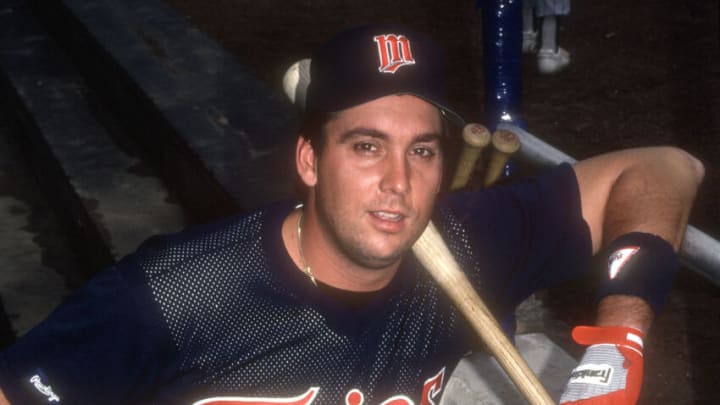The Minnesota Twins have seen a lengthy list of great players come through the organization, and several of them have made the Hall of Fame. Jim Kaat and Tony Oliva join Bert Blyleven, Rod Carew, Kirby Puckett, and Harmon Killebrew as players that have the Twins listed as their primary team.
If you include members of the Washington Senators, you can add Goose Goslin, Clark Griffith, Bucky Harris, Heinie Manush, Sam Rice and Walter “The Big Train” Johnson to the list. 12 Hall of Famers that claim this franchise as their primary team is impressive, but there are still a few players out there who got robbed by the BBWAA.
The Minnesota Twins have several team legends who went one-and-done on or missed the Hall of Fame ballot.
We were inspired by Call to the Pen’s list of Hall of Fame rejects To help this make this right, we’re going to take a look at the Twins’ best players to get snubbed by the Hall of Fame either after just one year or snubbed from the ballot itself.
To preface this, we don’t think all of these players should be in the Hall of Fame. With that being said though, we definitely think they should have hung around the ballot a little bit longer, even if they didn’t get the call.
